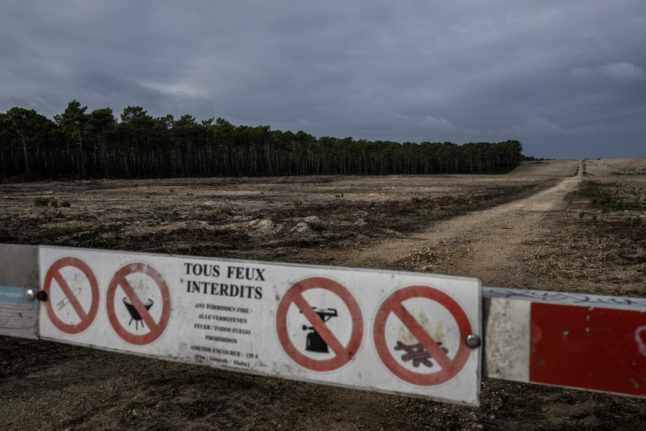The fire broke out on Sunday in the Rognac area in Bouches-du-Rhône – the département that contains Marseille. A massive deployment of 360 firefighters and four planes were sent to the area and managed to bring the blaze under control on Sunday night.
A crisis unit has been set up at the mairie and locals are urged to follow the latest advice from local authorities.
The Bouches-du-Rhône département has been on red alert for wildfires for several weeks on the government’s new wildfire warning system – Météo des fôrets. Many massifs and natural parks in the area are closed to the public because of the high risk of fires.
MAP How to find wildfire alert areas
It is the latest blaze to hit southern France as high temperatures combined with a months-long drought combine to produce ‘tinderbox’ conditions that elevate the risk of fires.
In the early hours of Monday a wildfire was declared near Avignon, south east France, after a car fire spread to around 6,000 sq m of vegetation. Firefighters remain on the scene, which is close to the Chartreuse massif.
READ ALSO Do heatwaves cause wildfires?



 Please whitelist us to continue reading.
Please whitelist us to continue reading.
Member comments